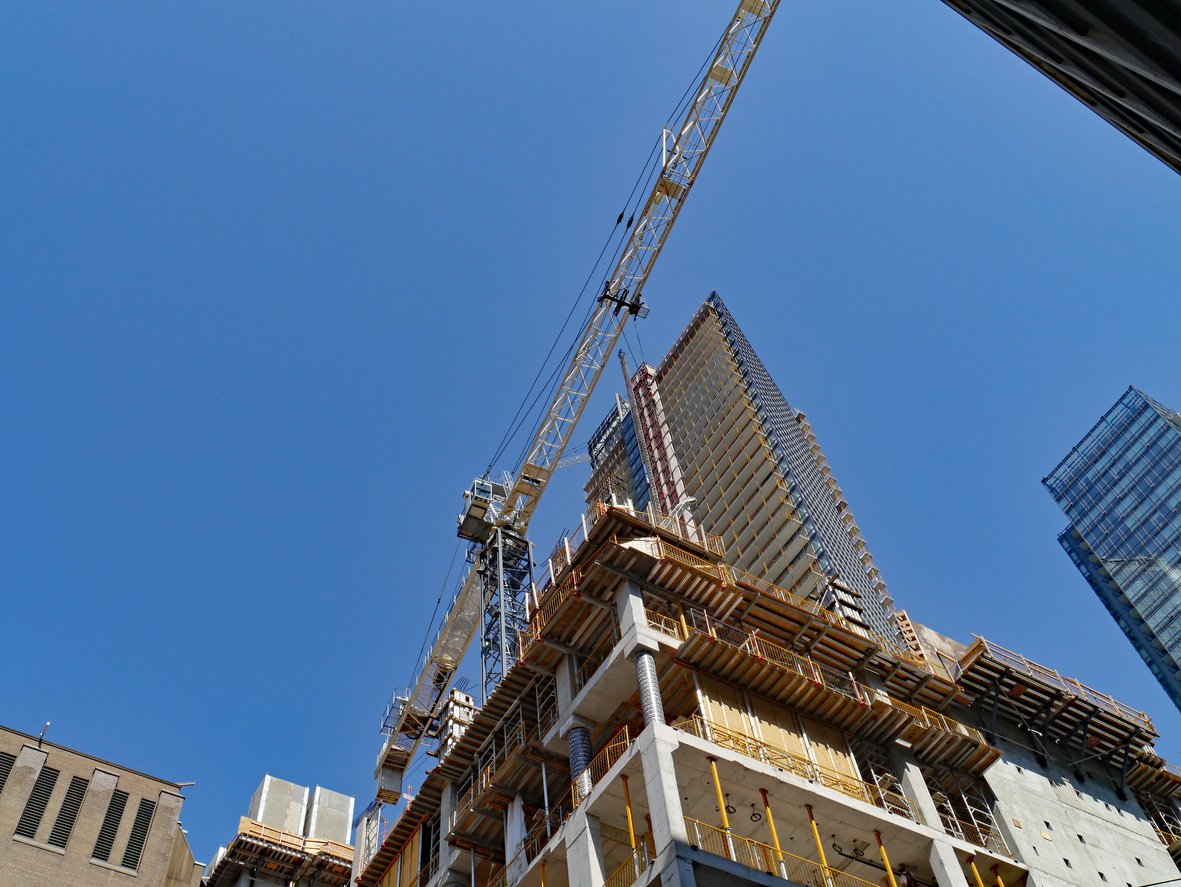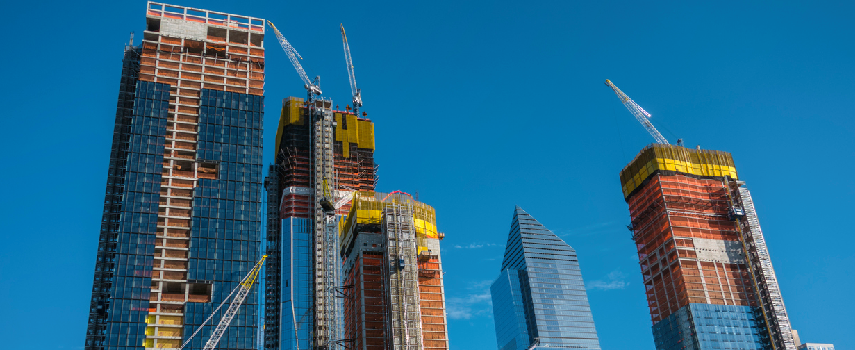The death of Jorge Sanchez at the Hudson Yards construction site should never have happened. According to reports, the 52-year-old construction worker fell several stories into an unguarded shaft on a major infrastructure project. A father of four, Sanchez was doing his job when the most basic safety rule was ignored—an opening that should have been covered or protected by guardrails was left exposed. In New York, this is exactly the kind of tragedy that construction accident law was designed to prevent.
Under New York construction accident law, property owners, general contractors, and construction managers are required to provide workers with adequate protection from elevation hazards—falls from heights, falling objects, open shafts, ladders, and scaffolds. If the right safety devices are missing or not properly used, those in charge are responsible. The rule is strict: owners and contractors cannot shift blame to workers or subcontractors. Comparative negligence—arguments like “the worker should have been more careful”—does not apply. The goal of this law is to make the people who control the jobsite—the ones who have the money, equipment, and authority—responsible for safety.
When someone falls into a shaft or off a scaffold, the failure is almost always about missing or defective safety devices. In this case, the shaft should have been guarded by either a cover that was securely fastened in place or a safety railing built to code. If work near the opening had to be done, Sanchez should have had a harness, lifeline, and anchor point to prevent a fall. These aren’t optional; they are required under New York’s Industrial Code.
New York’s construction accident law includes two key sections. Section 240(1), sometimes called the Scaffold Law, imposes strict liability when elevation-related devices are missing or fail. Section 241(6) covers violations of specific safety rules written into the Industrial Code, such as the one requiring covers over every floor opening. The first applies regardless of fault, while the second applies when an unsafe condition violates one of these written safety standards. Together, they ensure that when gravity causes an injury, someone other than the worker bears the responsibility.
Our firm, The Platta Law Firm, helped shape how these laws are applied. We argued and won the landmark case Wilinski v. 334 E. 92nd Housing Development Fund Corp. in New York’s highest court. Before our case, courts often denied recovery if the worker and falling object were at the same height. We convinced the Court of Appeals that this was wrong—that what matters is whether there was a “physically significant elevation differential.” That decision changed the law statewide, expanding protection to cover the very kinds of accidents that happen every day on New York job sites.
That same reasoning applies here. Sanchez’s death is a clear example of an elevation hazard that should have been prevented. The open shaft created a risk of a fall through a significant height difference, and the lack of adequate protection is exactly what the Scaffold Law addresses. Property owners and contractors are responsible even if they never stepped foot on the site. The duty to provide safety cannot be delegated.
At the same time, families of workers who die on the job are protected by the Workers’ Compensation system. The Workers’ Compensation Board pays weekly death benefits equal to two-thirds of the worker’s average weekly wage, up to a statewide maximum. The payments go to the spouse and dependents, continuing for life unless the spouse remarries (in which case a two-year lump sum is issued). Children receive payments until age 18, or 23 if they’re full-time students. Funeral expenses are reimbursed up to $12,500 in New York City cases.
But Workers’ Compensation has limits. It does not pay for pain and suffering, emotional loss, or the full lifetime value of lost earnings. For that reason, the family can also bring a wrongful-death claim under construction accident law. The estate has two years from the date of death to file. Damages in a wrongful-death case cover the family’s economic losses—lost income, benefits, and household services—as well as funeral and medical costs, plus interest from the date of death. Courts have awarded millions in similar cases, especially when a worker leaves behind dependents who relied on his income.
Insurance coverage is a major factor in these cases. On projects like Hudson Yards, there are multiple policies: subcontractor general liability, general contractor primary and excess, and the owner’s umbrella coverage. Contracts typically require “additional insured” endorsements that extend coverage up the chain. New York courts have ruled that these endorsements apply to construction accident claims because owners and contractors are sued for injuries arising out of their subcontractors’ work. However, insurers often fight these claims, citing exclusions for “statutory liability.” At The Platta Law Firm, we pursue coverage aggressively, tendering claims to all carriers and litigating when necessary to make sure every possible dollar is available for the family.
New York law is unique in how strongly it protects construction workers and their families. Under the Estates, Powers & Trusts Law, families can recover the economic value of what was lost—the worker’s income, benefits, and services—plus funeral and medical costs. The Workers’ Compensation Law ensures immediate support, while the construction accident statutes ensure full accountability from those who controlled the site.

Even immigration status or subcontractor arrangements don’t affect eligibility; courts have made clear that every worker on a New York site is protected by these laws. This case also shows how tightly construction law, insurance law, and Workers’ Compensation fit together. Death is classified as a “grave injury,” which allows the parties being sued to seek contribution or indemnity from the employer’s insurer.
That means coverage is shared and preserved for the family’s benefit. Our firm manages all of these moving parts—Workers’ Comp claims, wrongful-death suits, insurance disputes, and indemnity negotiations—so the family can focus on healing instead of paperwork. The bottom line is that this accident should never have happened. The safety devices required by law were missing. The regulations were clear. And the responsibility falls on those who controlled the work and the site—not on the man who went to work to support his family.
That is what New York’s construction accident law stands for. It’s not just about rules; it’s about fairness. Workers risk their lives building our city. When they fall, the law makes sure their families don’t fall with them.
The Platta Law Firm is proud to have helped define these protections in the Wilinski case and to continue enforcing them for workers and families across New York. If you’ve been injured in an accident, don’t wait. Call us 24/7 or contact us through our website or live chat to speak directly with an experienced attorney at The Platta Law Firm. We fight for injury victims across New York and will help you get the justice and compensation you deserve.


